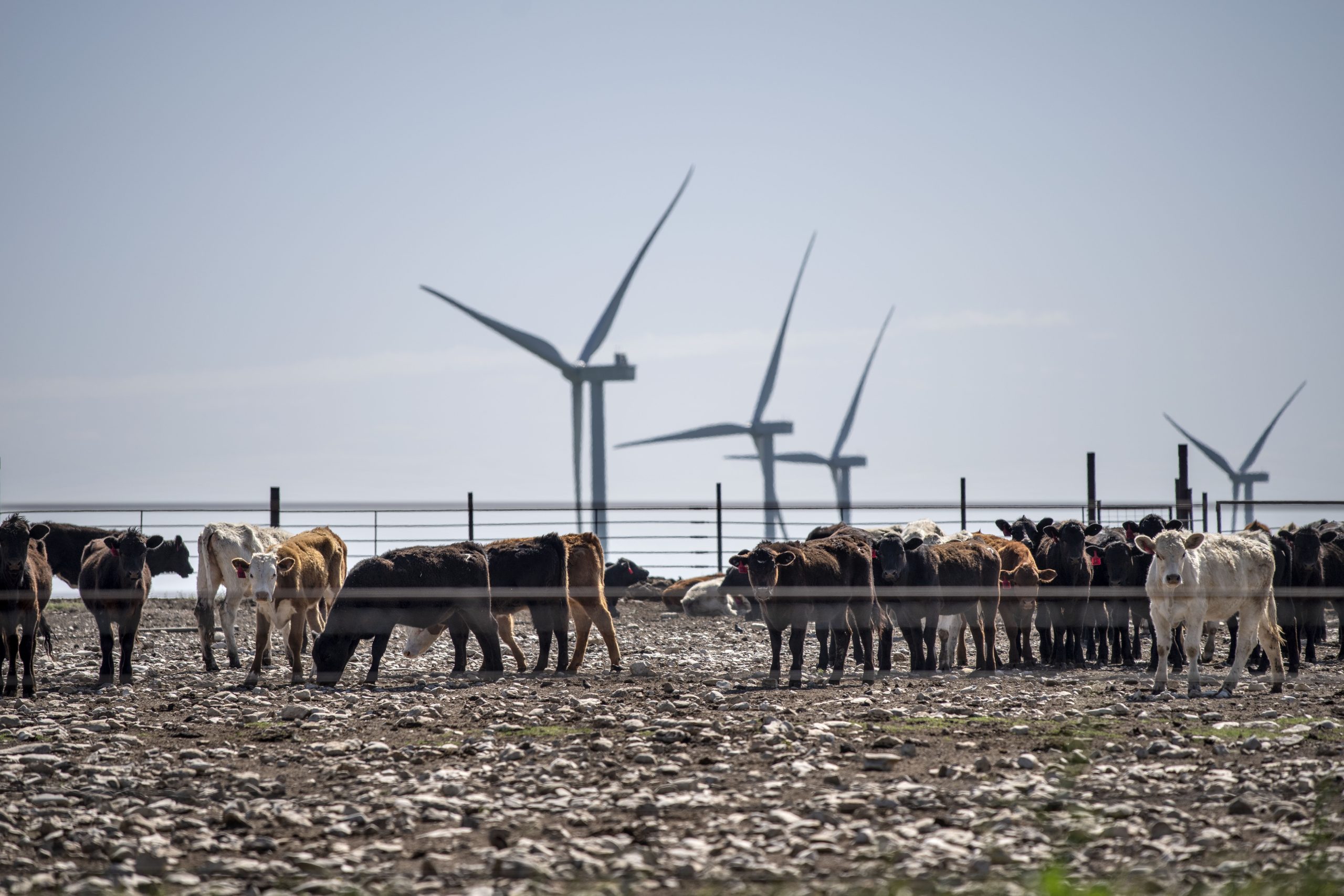
Whenever there is bad news about climate change, people ask: What can be done?
Tuesday’s news, that 2023 shattered annual heat records, will likely prompt such questions. The European climate agency said average global temperatures were 1.48 degrees Celsius (2.66 degrees Fahrenheit) hotter than pre-industrial times. That’s barely within the international goal countries agreed to in the 2015 Paris climate accord to avoid a world devastated by climate change.
Scientists and energy experts have long laid out roadmaps — solutions — to reduce greenhouse gases like carbon dioxide and methane that are heating up the planet. And there’s hope for the way forward, the International Energy Agency said in its World Energy Outlook for 2023.
Led by solar and electric vehicles, investment in clean energy has risen by 40% since 2020. Proponents of nuclear power say ramping up that carbon-free source can replace fossil fuels now as a way of making electricity.
Sharp cuts in methane emissions have become a global priority, as shown by the discussions at the United Nations COP28 climate talks in Dubai last month. Each person can also reduce their impact on the environment through the choices they make, whether that’s saving energy at home, switching to an electric vehicle, reducing air travel or eating less meat and more plant-based foods.
Below is a closer look at all of these solutions.
RENEWABLES ROLLOUT
Nearly 200 countries agreed last month at COP28 to move away from fossil fuels by tripling the use of renewable energy by 2030. It was the first time they’ve made that crucial pledge to transition, but it will require new installations at double the current rate.
UN chief António Guterres said a fossil fuel phaseout is “inevitable.” Scientists overwhelmingly agree the world needs to drastically cut the burning of coal, oil and gas to limit global warming. That’s because when fossil fuels are burned, carbon dioxide forms and is released.
As an example, a 200-megawatt onshore wind project consisting of roughly 50 turbines, on average, avoids the emissions equivalent of taking 100,000 cars off the road or planting 20 million trees, according to the American Clean Power Association. The United States, which has lagged far behind Europe and Asia in building large offshore wind farms, now has two sending power to the grid that could full open early this year.
NEW NUCLEAR
To control global warming, the IEA says global nuclear capacity needs to expand by about 3% each year. The global nuclear industry launched an initiative at COP28 for nations to pledge to triple nuclear energy by 2050. More than 20 have already signed on, including the United States and the host of the talks, the United Arab Emirates.
The World Nuclear Association says this form of electricity can be deployed on a large scale in time to combat climate change by directly replacing fossil fuel plants. Unlike fossil fuel-fired power plants, nuclear reactors do not produce carbon dioxide while operating.
U.S. nuclear companies are also working on the next generation of reactors that are far smaller and cheaper than traditional ones. These small modular reactors and microreactors in the future could power a community, campus or military complex. Skeptics, however, caution that nuclear technology still comes with significant safety, security and environmental risks that other low-carbon energy sources don’t.
LESS METHANE
Methane, or natural gas, is an extraordinarily powerful greenhouse gas, more potent at trapping heat than carbon dioxide. It’s responsible for about 30% of today’s global warming.
Many nations are prioritizing bringing down methane emissions as a crucial, quick way to curb further warming, because it doesn’t last as long as carbon dioxide in the atmosphere absorbing the sun’s heat.
The Biden administration last month issued a final ruleaimed at reducing methane emissions, targeting the U.S. oil and natural gas industry for its role.
Separately, 50 oil companies representing nearly half of global production pledged at COP28 to reach near-zero methane emissions and stop wasting natural gas by burning it off, by 2030. Environmental groups, however, called the pledge a “smokescreen to hide the reality that we need to phase out oil, gas and coal.”
PERSONAL CHOICES
Every individual can make choices that protect the environment and slow climate change, according to the United Nations’ sustainable development goals.
The UN says start saving energy wherever possible — reduce heating and cooling, switch to LED light bulbs and energy-efficient electric appliances, wash laundry in cold water and hang things to dry. Improving a home’s energy efficiency through better insulation or replacing an oil or gas furnace with an electric heat pump can reduce the equivalent of up to 900 kilograms of CO2 per year.
Switching from a gasoline or diesel-powered car to an electric vehicle, taking fewer flights and shifting from a diet reliant on meat to a vegetarian one can also make significant dents in one’s carbon footprint, the UN said. Producing plant-based foods generally results in fewer greenhouse gas emissions and requires less energy, land and water.